Automated Test Equipment
Computer controlled testing has helped to drive manufacturing productivity by increasing efficiency and improving quality. Automated test equipment (ATE) plays a crucial role as it enables more vigorous testing at faster rates and in a more controlled manner than was previously possible using manual procedures. ATE can involve a single measurement made continuously at very high rates or multiple measurements made by a host of different instruments. Measurements made on a device under test (DUT) or unit under test (UUT) are typically calculated, stored and analyzed in an automated fashion by some form of computer. The process helps to remove human error and allows fault diagnosis to be performed in reproducible manner even when sophisticated measurements are involved.
Spectrum has available an extremely wide range of digitizers and arbitrary waveform generators for ATE applications where electronic signals need to be captured, generated and analyzed . The products come in a variety of popular standards including PCI, PCIe, PXI, LXI and cPCI. The digitizers offer bandwidths from 50 kHz to 1.5 GHz, sampling rates from 100 KS/s to 5 GS/s, and resolution from 8 up to 16 bits. With the ability to catch and analyze signals from DC to 1.5 GHz the digitizers can be used to test a diverse range of DUT's and UUT's. For example, when large dynamic range and maximum sensitivity is required high-resolution 14 and 16 bit digitizers are available for the capture and analysis of signals that go as high as 250 MHz in frequency. These high-resolution products deliver outstanding signal-to-noise ratio's (up to 72 dB) and spurious free dynamic range (of up to 90 dB) so that small signal variations can be detected and analyzed. They are the perfect tools for testing precision components, sensors and systems that generate signals that need to be tightly controlled. For higher frequency measurements, such as those found on PCB boards and semiconductor devices, Spectrum's ultra-fast 5 GS/s cards make it possible to characterize signals and pulses down to the nano and sub-nanosecond ranges.
To allow easy integration into ATE systems Spectrum makes available software and instrumentation drivers that work with 32 bit and 64 bit versions of Windows and Linux. Programming of the cards is possible using a wide range of languages such as LabVIEW, LabWindows/CVI, C++, MatLab, Borland Delphi, Visual Basic, VB.NET, C#, J# and IVI.
Each digitizer card can have from one to sixteen channels and multiple cards can be linked together with Spectrum's StarHub system to create instruments with up to hundreds of fully synchronous channels. This makes them ideally suited to applications where multiple signals or test points are to be monitored. Some cards also offer additional analog and digital I/O capabilities as well as advanced triggering and clock options so that they can work together with a host of different test instruments.
Spectrum Product Features
- PCIe, PXIe and LXI form factors
- Sampling rates from 100 kS/s to 10 GS/s
- Resolution from 8 bit to 16 bit
- Star-Hub for high channel count systems with full synchronization
- Mixed Mode systems with analog and digital channels acquisition and generation
- LabVIEW, LabWindows, MATLAB, C++, Delphi, Visual Basic, VB.NET, c#, J#, Python and IVI drivers
Matching Card Families
Related Documents
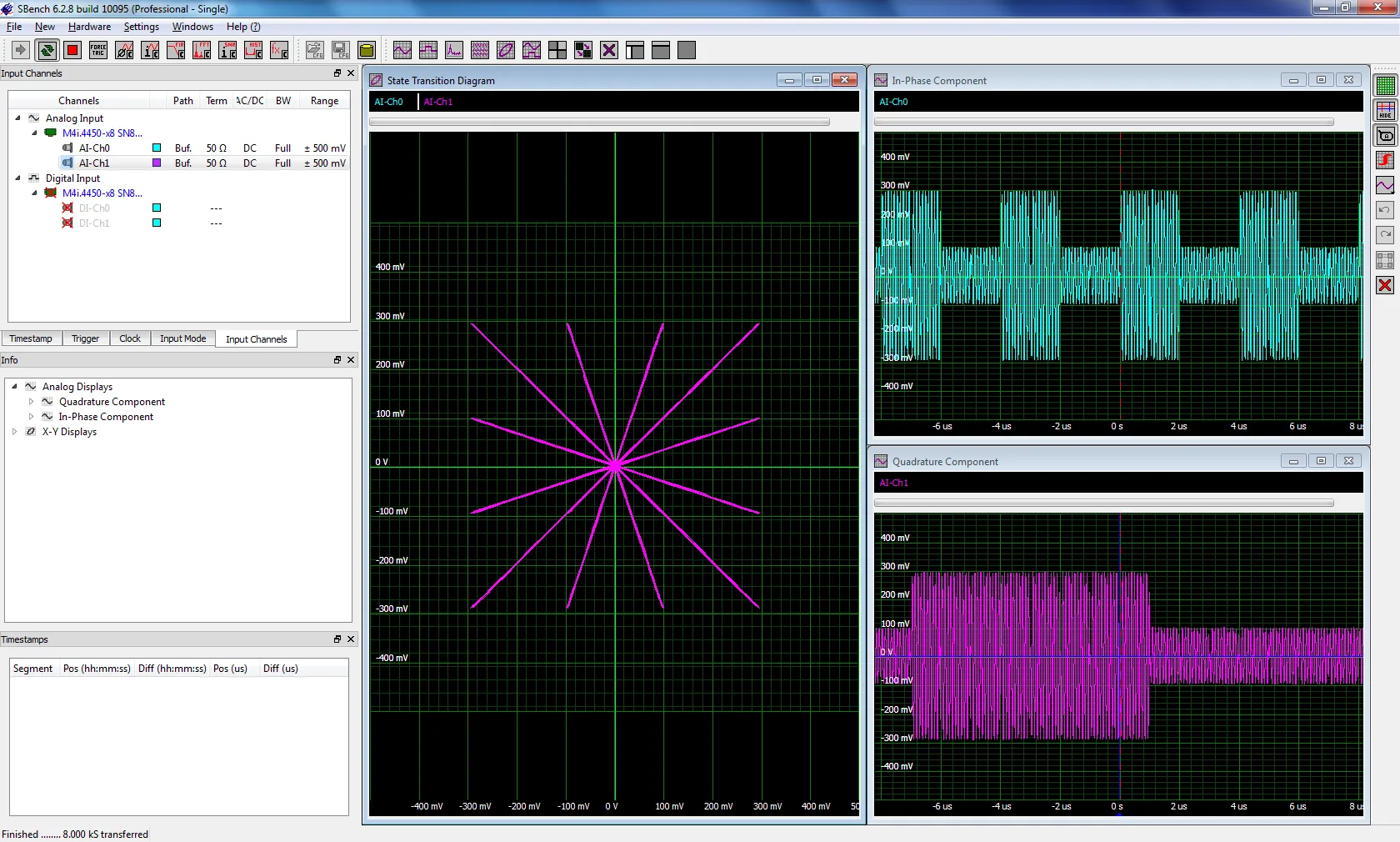
RF Measurements Using a Modular Digitizer
Modern modular digitizers, like the Spectrum M4i series PCIe digitizers, offer greater bandwidth and higher resolution at any given bandwidth than ever before. Although they are in the class of general purpose measuring instruments they are capable of many RF and lower microwave frequency measurements. This article focuses on some examples of common RF measurements that can be performed with these modular digitizers.
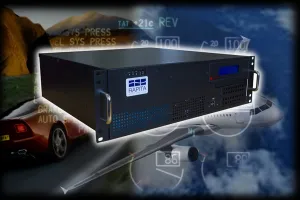
Case Study: Real-time high speed logger for embedded systems
CPU based embedded systems now play an increasing part in the monitoring and control of the mechanical and electrical components in many areas of our technological environment.
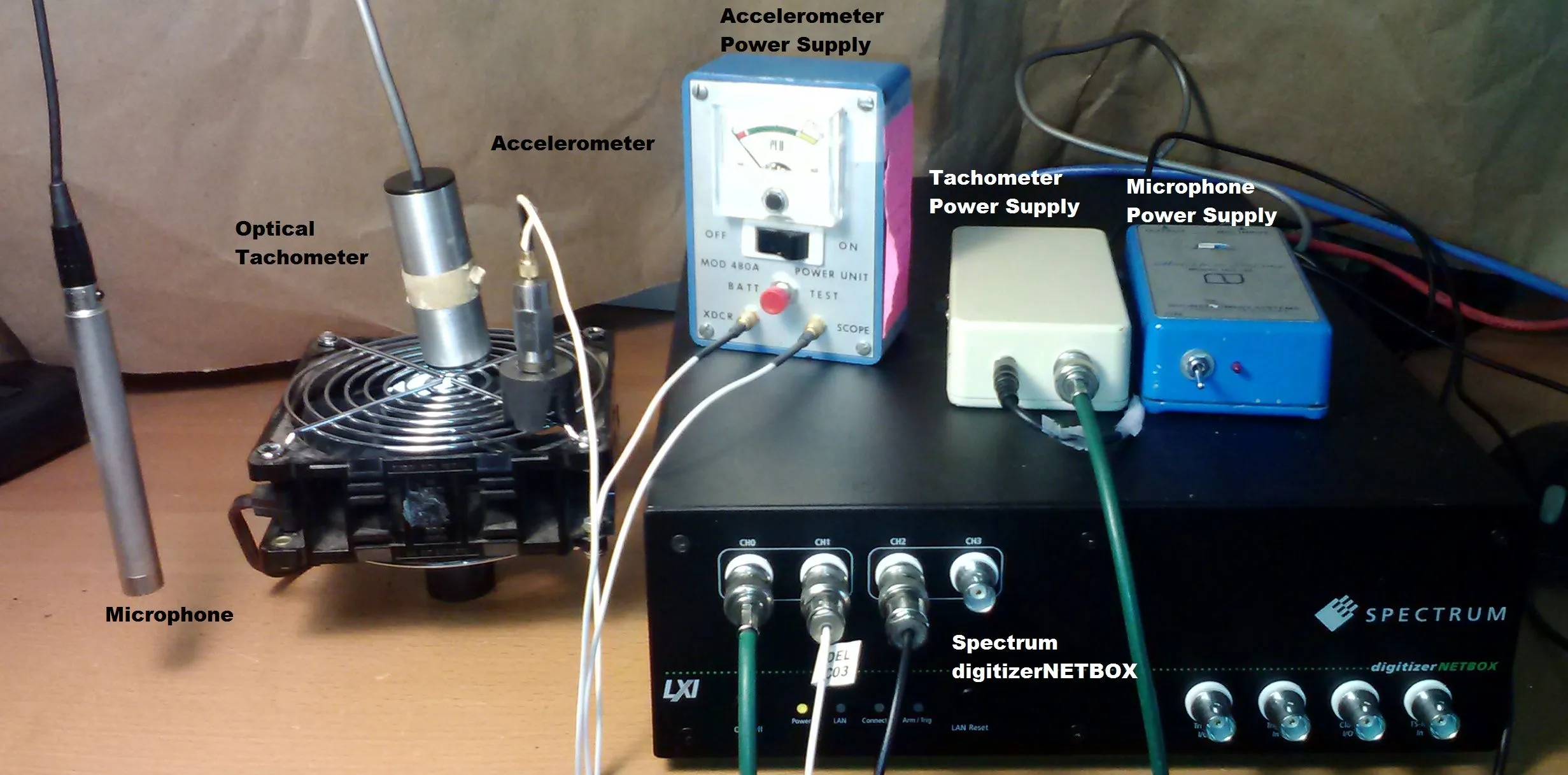
Mechanical Measurements Using Digitizers
Measurements on mechanical devices and systems using a modular digitizer requires the use of a variety of transducers or sensors in order to convert mechanical parameters such as force, acceleration, pressure, rotational speed, and their kindred into electrical signals you can measure. This article is a primer on making such measurements using a modular digitizer.
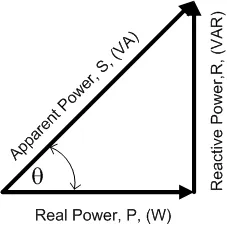
Power Measurements Using Modular Digitizers
Line power measurements are commonly required to evaluate the performance of devices or circuits. Modular digitizers can make these power measurements. Digitizers are voltage responding measurement instruments. They can also measure current using suitable current probes or current shunts.
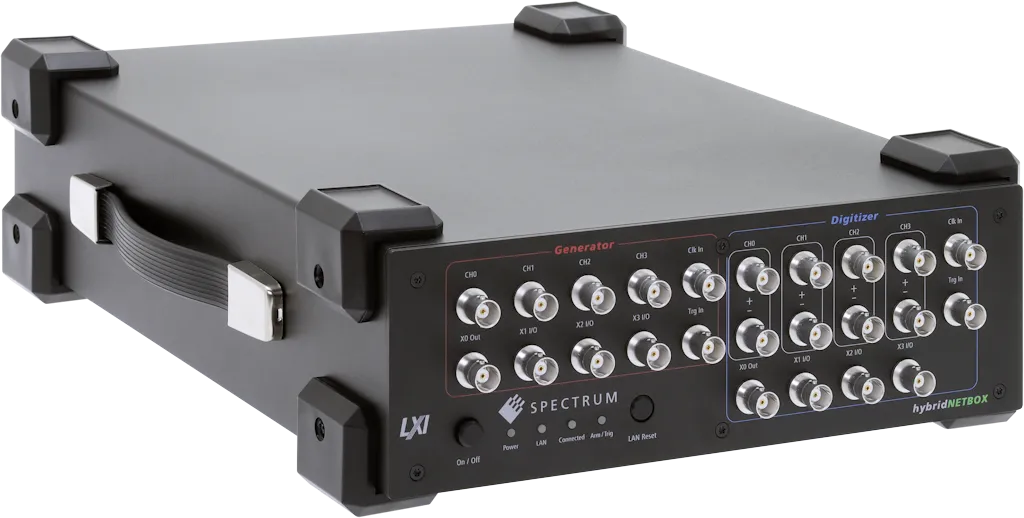
HybridNETBOX Source Responce Testing
In the world of electronic testing there are two classes of testing. Self-excited electronic devices such as power supplies, oscillators, transmitters, and signal generators are tested using data acquisition type instruments like digitizers, oscilloscope, or spectrum analyzers. The second class of testing involves testing devices like amplifiers, filters, receivers, and digital interfaces that must be externally excited by a signal source before the signal acquisition instruments can be used. This class of test is called source-response testing.
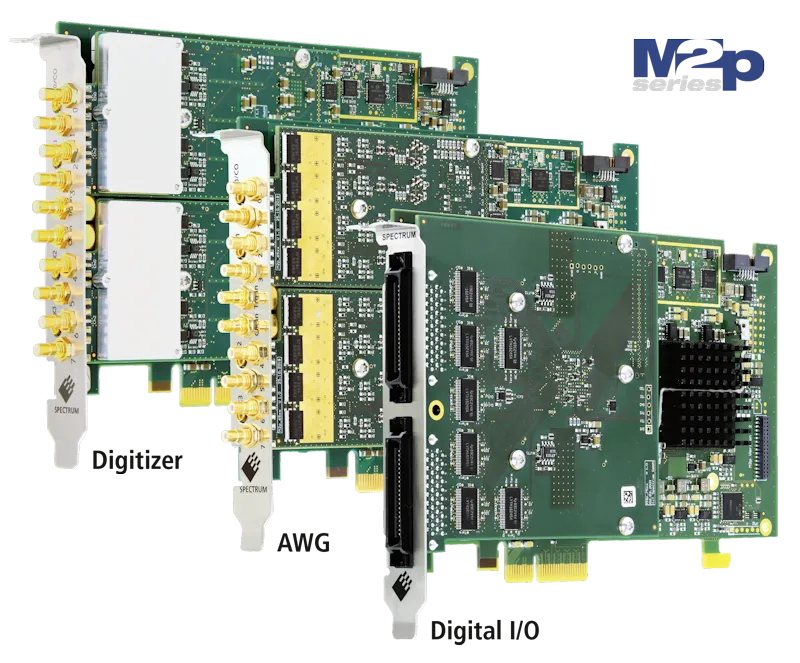
Application Examples for Multi-Channel T&M Systems
Electronic test and measurement, driven by necessity, continues to move in the direction of multi-channel and multi-functional instruments. Electronic devices under test continue to increase in complexity using parallel and array topologies that require more measurements to be made at higher speed while maintaining time coherence.
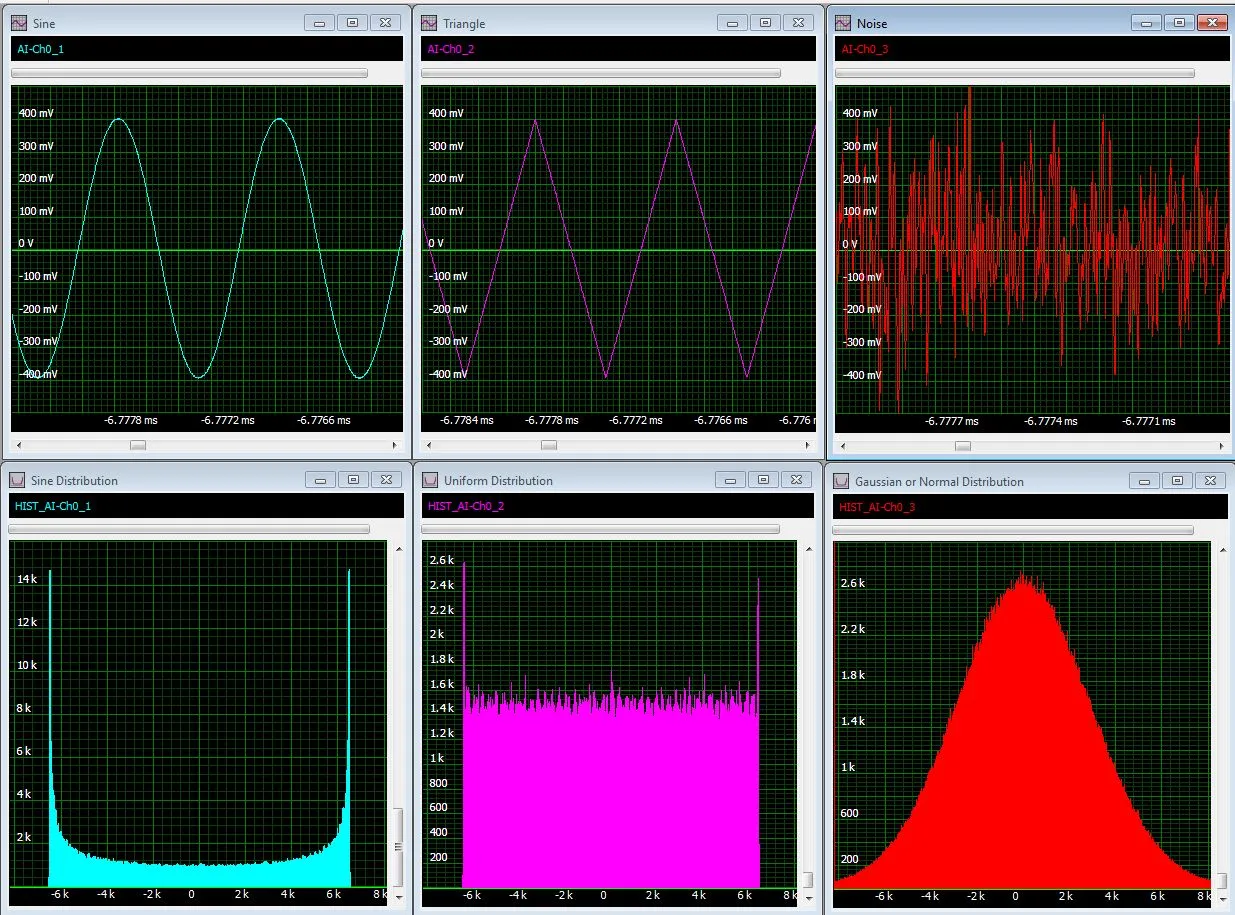
Signal Processing for Digitizers
Modular digitizers allow accurate, high resolution data acquisition that can be quickly transferred to a host computer. Signal processing functions, applied in the digitizer or in the host computer, permit the enhancement of the acquired data or the extraction of extremely useful information from a simple measurement.